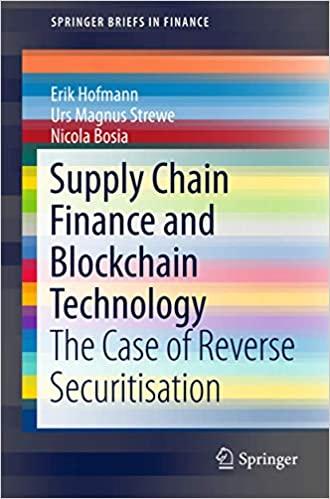
Answer is complete and correct. Outcome Outcome A: B: No Fire Fire! Payout $ 300 (289,700 b. Suppose you own the entire firm, and the company issues only one policy. What are the expected value, variance and standard deviation of your profit? Answer is complete and correct. Expected Variance Standard Return Deviation IS 10 84015900 9166 c. Now suppose your company issues two policies. The risk of fire is independent across the two policies. Make a table of the three possible payouts along with their associated probabilities. (Round your "Probability answers to 4 decimal places.) Answer is complete and correct. Outcome: Outcome: Outcome: No Fire One Fire Two Fires $ 600/ $(289,400 $(579,400) 99.8000% 0.2000 % 0.0000 % Payout Probability d. What are the expected value, variance and standard deviation of your profit? Answer is complete but not Expected Return Variance Standard Deviation IS 20168031800X 12950 X e. Compare your answers to b) and (d). Did risk pooling increase or decrease the variance of your profit? Risk pooling Answer is complete and correct. increased the total variance of profit f. Continue to assume the company has issued two policies, but now assume you take on a partner, so that you each own one-half of the firm. Make a table of your share of the possible payouts the company may have to make on the two policies along with their associated probabilities. (Round your "Probability" answers to 4 decimal places.) Answer is complete but not entirely correct. Outcome: Outcome: Outcome: No Fire One Fire Two Fires Payout IS 300 $(144,850 X $(290,000 Probability99.8001% 99.8001X]% 0.1998 % 0.0001 g. What are the expected value and variance of your profit? Answer is complete but not Expected Standard Variance Return Deviation S 10 83937 290X Answer is complete and correct. Outcome Outcome A: B: No Fire Fire! Payout $ 300 (289,700 b. Suppose you own the entire firm, and the company issues only one policy. What are the expected value, variance and standard deviation of your profit? Answer is complete and correct. Expected Variance Standard Return Deviation IS 10 84015900 9166 c. Now suppose your company issues two policies. The risk of fire is independent across the two policies. Make a table of the three possible payouts along with their associated probabilities. (Round your "Probability answers to 4 decimal places.) Answer is complete and correct. Outcome: Outcome: Outcome: No Fire One Fire Two Fires $ 600/ $(289,400 $(579,400) 99.8000% 0.2000 % 0.0000 % Payout Probability d. What are the expected value, variance and standard deviation of your profit? Answer is complete but not Expected Return Variance Standard Deviation IS 20168031800X 12950 X e. Compare your answers to b) and (d). Did risk pooling increase or decrease the variance of your profit? Risk pooling Answer is complete and correct. increased the total variance of profit f. Continue to assume the company has issued two policies, but now assume you take on a partner, so that you each own one-half of the firm. Make a table of your share of the possible payouts the company may have to make on the two policies along with their associated probabilities. (Round your "Probability" answers to 4 decimal places.) Answer is complete but not entirely correct. Outcome: Outcome: Outcome: No Fire One Fire Two Fires Payout IS 300 $(144,850 X $(290,000 Probability99.8001% 99.8001X]% 0.1998 % 0.0001 g. What are the expected value and variance of your profit? Answer is complete but not Expected Standard Variance Return Deviation S 10 83937 290X







